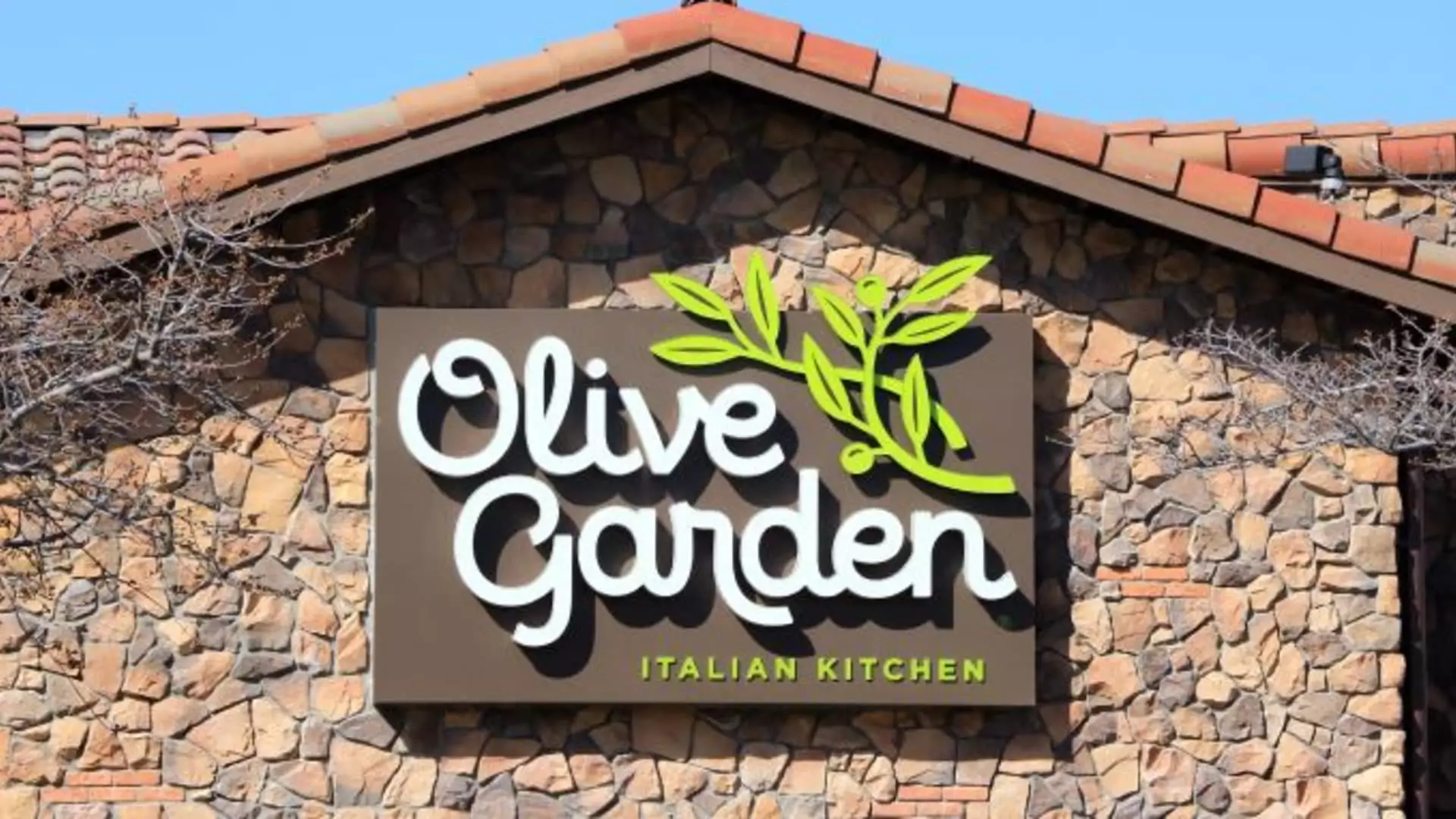Darden Restaurants recently reported their quarterly results, which were met with mixed reactions. While the company’s same-store sales forecast for fiscal 2025 indicated a modest growth of 1% to 2%, there were concerns about Olive Garden’s performance, with its same-store sales declining for the second consecutive quarter.
The quarter ended May 26 saw Darden reporting an earnings per share of $2.65, slightly higher than the expected $2.61. However, revenue fell short of expectations, amounting to $2.96 billion compared to the projected $2.97 billion. Net income also saw a decrease from the previous year, with the company attributing this to costs related to acquisitions and other factors.
Despite an overall rise in net sales fueled by acquisitions, Darden faced challenges in same-store sales. While the company’s fine-dining restaurants experienced a decline, Olive Garden’s same-store sales fell by 1.5%. This was a continuation of the previous quarter’s trend, where the Italian-inspired chain saw a 1.8% decrease in same-store sales, driven by reduced spending from low-income consumers.
One bright spot in Darden’s portfolio was LongHorn Steakhouse, which reported a 4% increase in same-store sales during the quarter. This chain’s performance outshined Olive Garden and highlighted its potential as a key player in Darden’s future growth.
Looking ahead to fiscal 2025, Darden is forecasting earnings per share in line with Wall Street’s expectations. The company anticipates net sales on the lower end of analyst estimates, citing total inflation of 3% and a conservative same-store sales growth forecast of 1% to 2%. The delayed inclusion of Ruth’s Chris in same-store sales calculations until the second quarter of fiscal 2025 adds further uncertainty to future performance.
While Darden Restaurants’ quarterly results showed some areas of strength, particularly in LongHorn Steakhouse, there are clear challenges ahead with the underperformance of Olive Garden and fine-dining restaurants. The company’s cautious outlook for fiscal 2025 reflects a complex operating environment with inflationary pressures and evolving consumer behaviors. Investors will be watching closely to see how Darden navigates these challenges and executes its growth strategy in the coming quarters.

